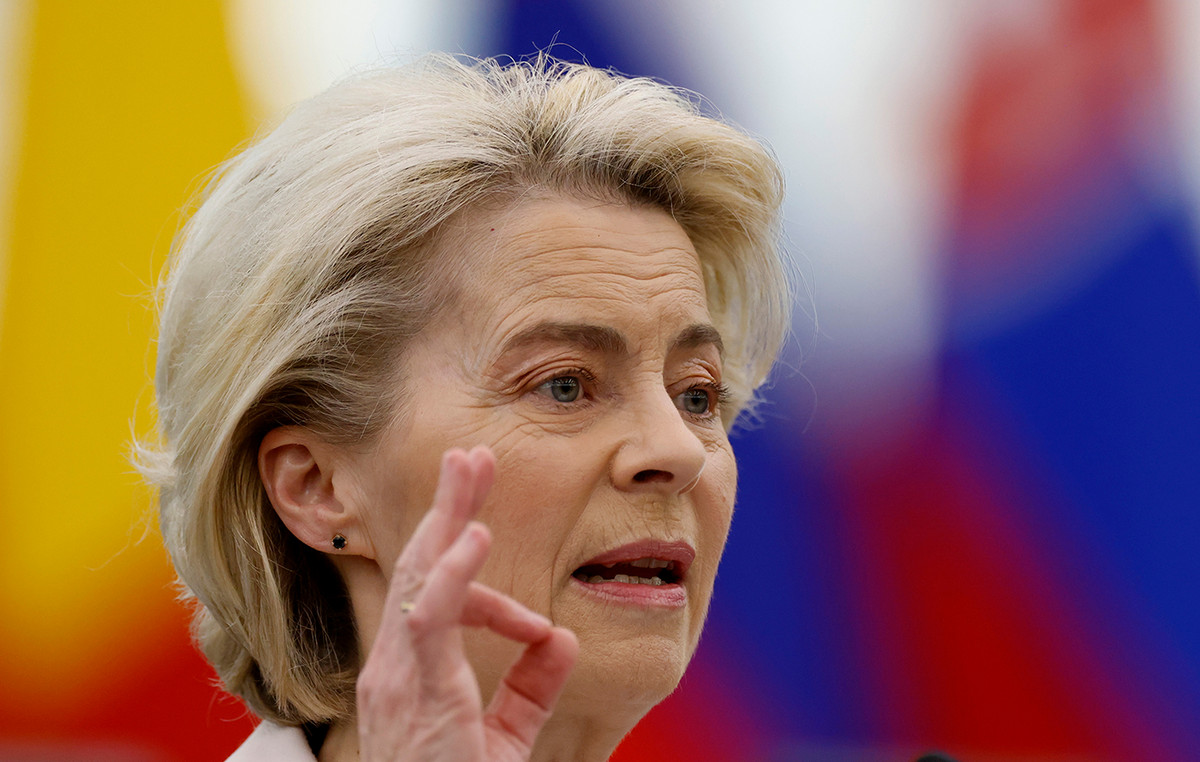- EUR/USD continues to rise despite initial surprise over French election results.
- A left-wing alliance unexpectedly took the lead, keeping Marine Le Pen’s far-right party out of the leadership race.
- Fed Chairman Jerome Powell will deliver his “Semi-Annual Monetary Policy Report” to the U.S. Congress on Tuesday.
EUR/USD continues its winning streak for a sixth day, trading around 1.0830 during the Asian session on Tuesday. The Euro continues to advance as investors digest the initial shock of the French election results. A surprising left-wing alliance has taken the lead, preventing Marine Le Pen’s far-right party from dominating the leadership race after a significant setback in the previous European Parliament elections.
OCBC FX analysts Frances Cheung and Christopher Wong noted that the Euro started the week slightly lower following the unexpected results in the second round of elections. They noted, “A left-dominated government was the least anticipated and raised concerns due to possible increases in public spending, which could further strain public finances.”
The EUR/USD pair is gaining ground as the US Dollar (USD) struggles on the back of weak US jobs data, leading traders to speculate that the Federal Reserve (Fed) could cut interest rates in September. The CME’s FedWatch tool indicates that rate markets are pricing in a 76.2% chance of a rate cut in September, up from 65.5% just a week earlier.
Federal Reserve Chairman Jerome Powell is expected to deliver his “Semi-Annual Monetary Policy Report” to Congress on Tuesday. Powell is expected to provide an overview of the economy and monetary policy, with his prepared remarks being released ahead of his appearance on Capitol Hill.
On the data front, inflation figures from Germany and the United States (US) are scheduled for release on Thursday. Germany’s Harmonized Index of Consumer Prices (HICP) inflation is anticipated to remain unchanged at 2.5% year-on-year in June. Meanwhile, US core CPI is expected to hold its year-on-year rate at 3.4%.
Euro FAQs
The Euro is the currency of the 20 European Union countries that belong to the Eurozone. It is the second most traded currency in the world, behind the US Dollar. In 2022, it accounted for 31% of all foreign exchange transactions, with an average daily volume of over $2.2 trillion per day. EUR/USD is the most traded currency pair in the world, accounting for an estimated 30% of all transactions, followed by EUR/JPY (4%), EUR/GBP (3%) and EUR/AUD (2%).
The European Central Bank (ECB), based in Frankfurt, Germany, is the reserve bank of the Eurozone. The ECB sets interest rates and manages monetary policy. The ECB’s main mandate is to maintain price stability, which means controlling inflation or stimulating growth. Its main instrument is to raise or lower interest rates. Relatively high interest rates – or the expectation of higher rates – generally benefit the Euro and vice versa. The Governing Council of the ECB takes monetary policy decisions at meetings held eight times a year. Decisions are taken by the heads of the national banks of the Eurozone and six permanent members, including ECB President Christine Lagarde.
Eurozone inflation data, as measured by the Harmonised Index of Consumer Prices (HICP), is an important econometric data point for the euro. If inflation rises more than expected, especially if it exceeds the ECB’s 2% target, the ECB is forced to raise interest rates to bring inflation back under control. Relatively high interest rates compared to their peers usually benefit the euro, as it makes the region more attractive as a place for global investors to park their money.
Data releases measure the health of the economy and can influence the Euro. Indicators such as GDP, manufacturing and services PMIs, employment and consumer sentiment surveys can influence the direction of the single currency. A strong economy is good for the Euro. Not only does it attract more foreign investment, but it can encourage the ECB to raise interest rates, which will directly strengthen the Euro. Conversely, if economic data is weak, the Euro is likely to fall. Economic data from the four largest Eurozone economies (Germany, France, Italy and Spain) are especially significant, as they account for 75% of the Eurozone economy.
Another important output for the euro is the trade balance. This indicator measures the difference between what a country earns from its exports and what it spends on imports during a given period. If a country produces highly sought-after export products, its currency will appreciate due to the additional demand created by foreign buyers who wish to purchase these goods. Therefore, a positive net trade balance strengthens a currency and vice versa for a negative balance.
Source: Fx Street
I am Joshua Winder, a senior-level journalist and editor at World Stock Market. I specialize in covering news related to the stock market and economic trends. With more than 8 years of experience in this field, I have become an expert in financial reporting.







